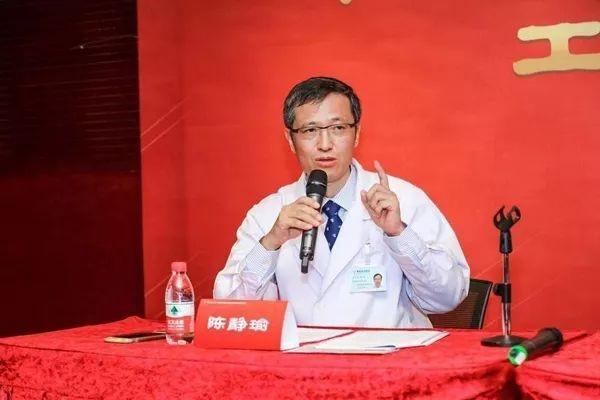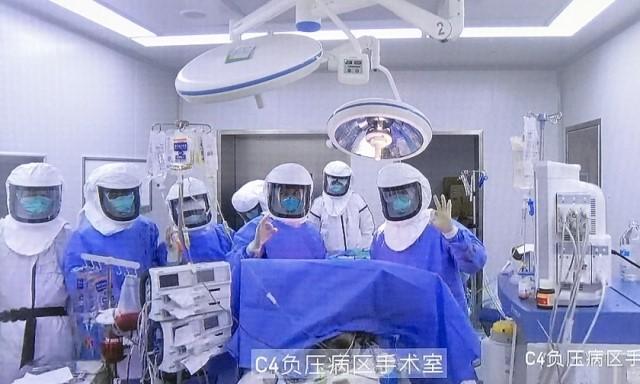In early March, China’s state-run media reported on a series of “world’s first” lung transplants.
All recipients had been infected with the CCP (Chinese Communist Party) virus, commonly known as the novel coronavirus, but tested negative at the time of the transplants, according to the Chinese reports. Since their lungs had suffered irreversible damage, the patients were intubated and put on ECMO (extracorporeal membrane oxygenation) prior to surgery.
Meanwhile, the Chinese reports provided very little, though identical, information about the source of each pair of lungs: a brain-dead person in another province.
The short wait times for those transplants very likely indicate the donors were killed for their organs, a conclusion that’s strengthened by the number of such surgeries performed in the past month. Predetermining the availability of an organ for transplant is impossible in any system that depends on voluntary organ donation.
“In addition to highlighting the unusually short waiting time for suitable donors, allocating donor lungs to such patients at this time seems an unusual decision which might be medically challenged,” Dr. Jacob Lavee, director of the heart transplant unit at Sheba Medical Center in Israel and a founding member of Doctors Against Forced Organ Harvesting, told The Epoch Times via email.
Double Lung Transplant in Wuxi
Take the procedure by Chen at Wuxi People’s Hospital, for example, at which the wait time for a pair of lungs was less than a day.It’s unclear how this patient came to be in the care of Chen at the Wuxi People’s Hospital.
In an interview with Southern Metropolis Daily, Chen described how the decision to conduct the transplant was made.
“The patient lung started to bleed profusely on Feb. 28,“ Chen said. ”The entire lung was filled with blood and was stretched tight. He almost died. ... After discussing it with the provincial level experts, we decided to perform an emergency lung transplant. Coincidentally, there was a donor.”
Even under normal circumstances, it would be considered miraculous to find a pair of matching lungs within a day, especially amid the chaos of the CCP virus epidemic.
Reverse Matching to Find Donors?
The only way to select individuals for transplantation prior to having an organ is through reverse tissue matching—finding the donor after the recipient is selected.Yet there seems to be an abundance of “brain-dead donors” with perfect lungs. After that transplant, Chen told ThePaper.cn: “We can select some severely infected patients in Wuhan who are suitable for lung transplant, those with high [transplant] success rate, those in their 20s, 30s, 40s, 50s. We want to save them via lung transplants.”
In most countries, it’s common practice to have a pool of recipients waiting for the unpredictable event of an eligible donor dying, making the wait time months, if not years. The complexity of a lung transplant often means longer wait times.
In the week following the Feb. 29 transplant, there were reports about three more transplants performed on even older patients.
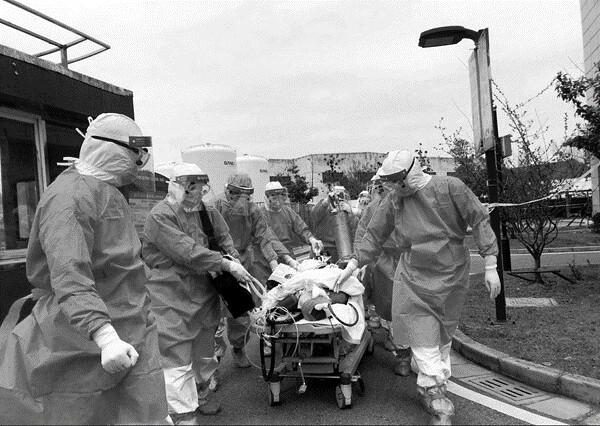
Meanwhile, in another hospital 100 miles from Wuxi, two lung transplants were performed.
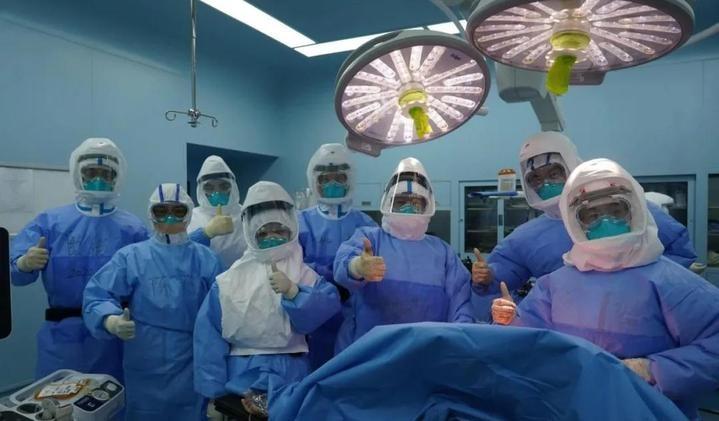
Donation Numbers Lag Transplant Numbers
For those who are familiar with China’s illicit transplant practices, the recent procedures may recall the years prior to 2015, when healthy prisoners were known to be killed on demand. Under international pressure, China started a show “organ donation program” and announced that no prisoners’ organs would be used after Jan. 1, 2015.Armed with the brand new program, China’s transplant industry kept producing world-record transplant operations.
Hunan Province has a population of almost 70 million. In nine years, the donation program there saw an average of 1.2 lungs donated per year. Therefore, based on China’s population of 1.4 billion, the country could be expected to see 24 lungs donated in a year. Yet the lung transplant numbers tell a different story.
Wuxi People’s Hospital, where Chen serves as the deputy director, manages China’s lung transplant registry. While it isn’t accessible by the public, Chinese media reports have provided glimpses of it.
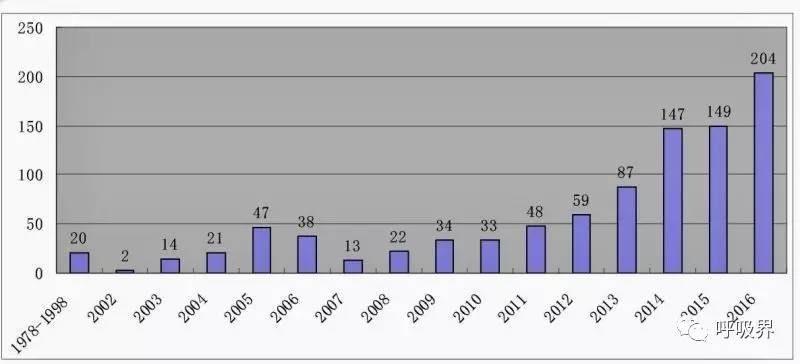
“Wuxi People’s Hospital’s number is 70 percent of the national total,“ Chen said. ”There were two months in 2016, when we did 20 (lung transplants) in one month. We also have done six lung transplants in 24 hours. We have three lung extraction teams. At least for our hospital, lung transplant is very mature. It is an ordinary chest operation.”
As many independent investigative reports have previously stated, the donation numbers and the transplant numbers in China still don’t add up.
154 Lung Transplants in First 18 Months
The China-Japan Friendship Hospital lung transplant center was established in March 2017 in Beijing, with Chen as deputy director. By November 2018, the center had conducted 154 lung transplants. A comparison chart of its growth against the world’s top 10 lung-transplant centers shows that it’s the fastest-growing center in the world.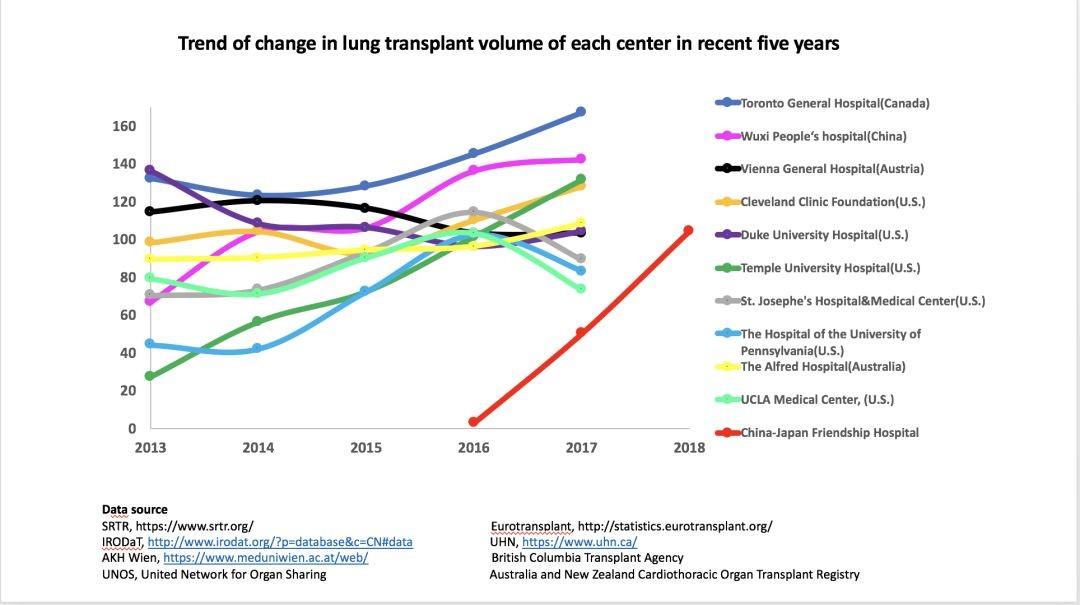
Tribunal: Forced Organ Harvesting Continues
On March 1, the Independent Tribunal Into Forced Organ Harvesting from Prisoners of Conscience in China issued its final judgment, after two years of reviewing evidence and multiple hearings.“Hospitals in the PRC have had access to a population of donors whose organs could be extracted according to demand for them. ... In the long-term practice in the PRC of forced organ harvesting, it was indeed Falun Gong practitioners who were used as a source—probably the principal source—of organs for forced organ harvesting,” it stated.
The tribunal concluded that Falun Gong practitioners have been the primary source of organs to fuel the Chinese regime’s lucrative transplant industry and that the regime’s forced organ harvesting has constituted crimes against humanity.
Additionally, “there is no evidence of the practice [of forced organ harvesting] having been stopped, and the Tribunal is satisfied that it is continuing,” it stated.
Chen, China’s top lung-transplant surgeon, is an active user on WeChat with 985,000 followers. He frequently posts pictures of lung transplants and has offered live broadcasts of the procedures.
